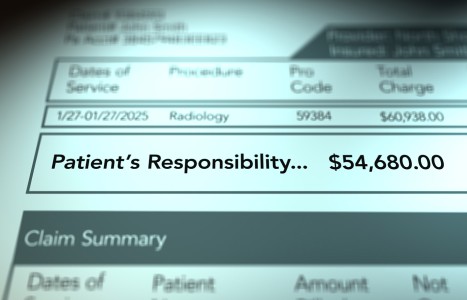Recent laws in New Jersey and California represent a disturbing trend that will negatively impact a practice’s ability to collect monies from patients, as well as expose them to significant penalties if the practice does not follow the mandatory guidelines to a T. Please be aware that a similar law may be coming to your state. The time to act is before the law is passed.
Student Loan Repayment for DCs: Will Ohio Set the Precedent?
Fotentially precedent-setting legislation approved in the Ohio House and under review by the state Senate as of press time would establish a student-loan repayment program for doctors of chiropractic. If passed by the Senate and signed by Ohio Gov. Mike DeWine, Ohio would, by all accounts, become the first state to offer student-loan repayment for DCs and establish a critical precedent that could be replicated nationwide.
According to Substitute House Bill 151, introduced by Ohio Rep. Rick Carfagna, doctors of chiropractic who agree to practice for at least two years in "designated chiropractic resource shortage areas" would be eligible to receive up to $30,000 ($10,000 annually) for their service. The bill would establish a Chiropractic Loan Repayment Fund, funded by $25 from every biennial chiropractic license renewal fee.
Eligible student-loan expenses that could be repaid by the Ohio Department of Health via the fund include "principal and interest of a government or other educational loan taken by an individual for the following expenses incurred while the individual was enrolled in an accredited chiropractic school or college:" tuition, other educational expenses (fees, books, lab costs, etc.), and room and board.

Both licensed DCs and chiropractic students in their final year of study would be eligible to participate in the loan-repayment program in return for serving in one of the designated shortage areas. Participants serving in the shortage areas would be required to:
(a) Provide chiropractic services for a minimum of twenty hours per week;
(b) Provide chiropractic services without regard to a patient's ability to pay;
(c) Meet the requirements for a [Medicaid] provider agreement and enter into the agreement with the department of [Medicaid] to provide chiropractic services to [Medicaid] recipients.
According to the Ohio State Chiropractic Association, the bill has bipartisan support, which bodes well for its passage by the Ohio Senate. To track the bill's progress, click here.



